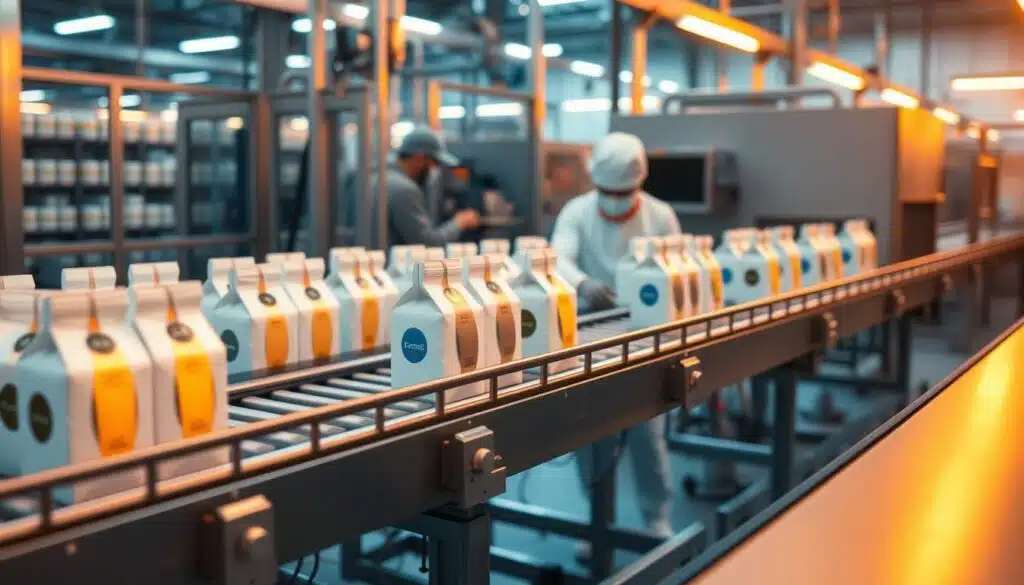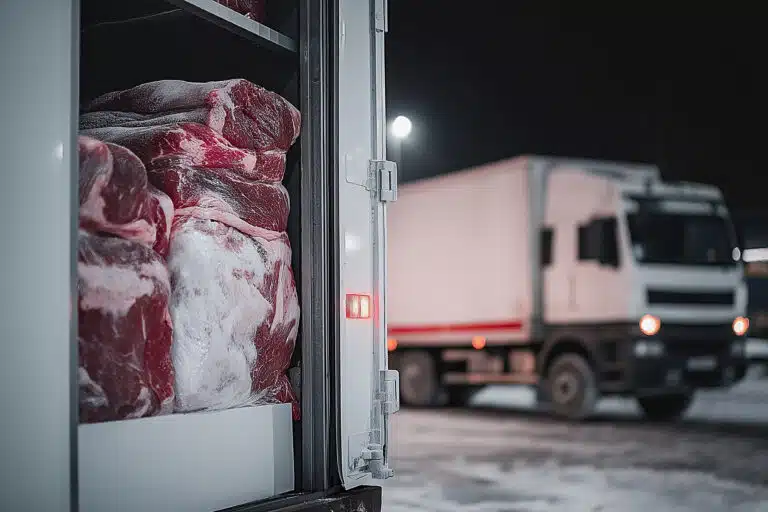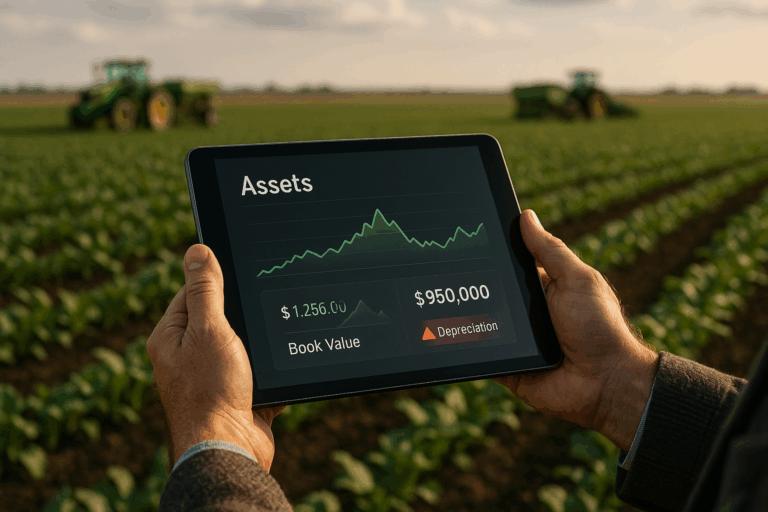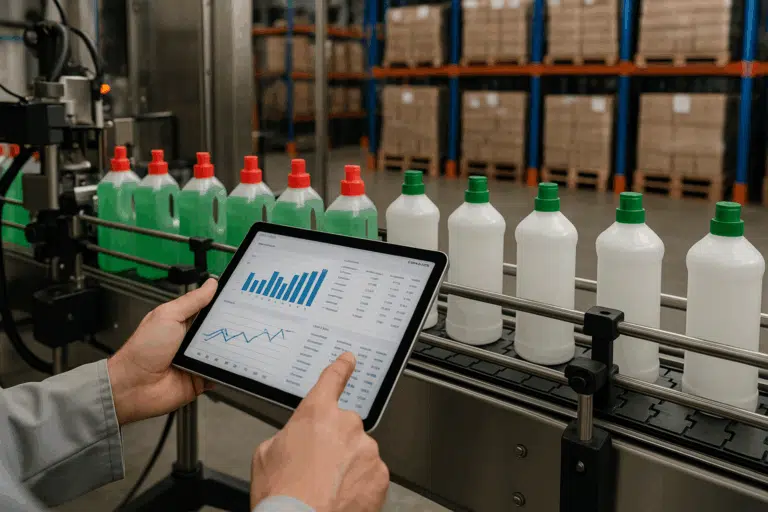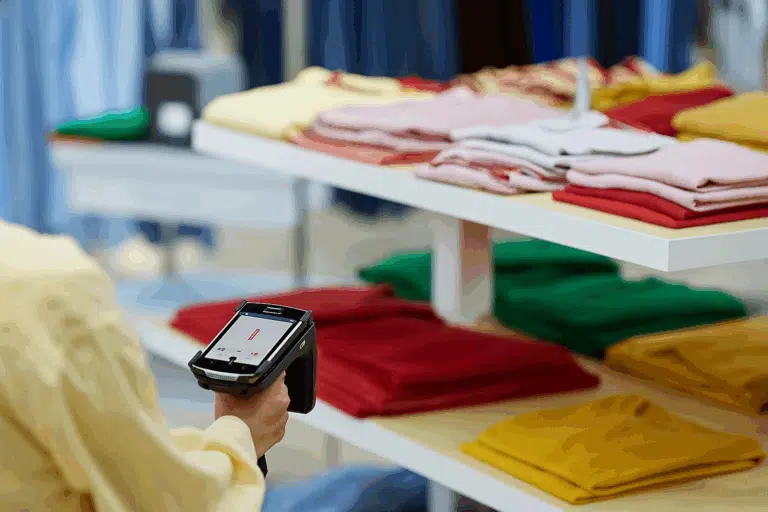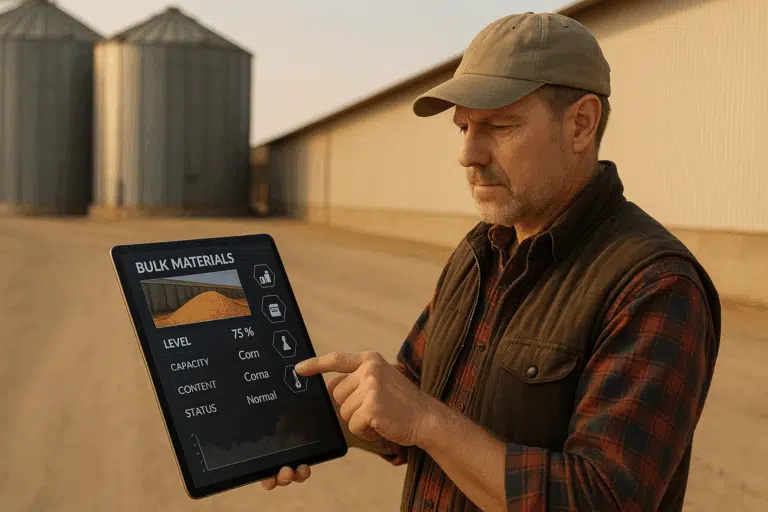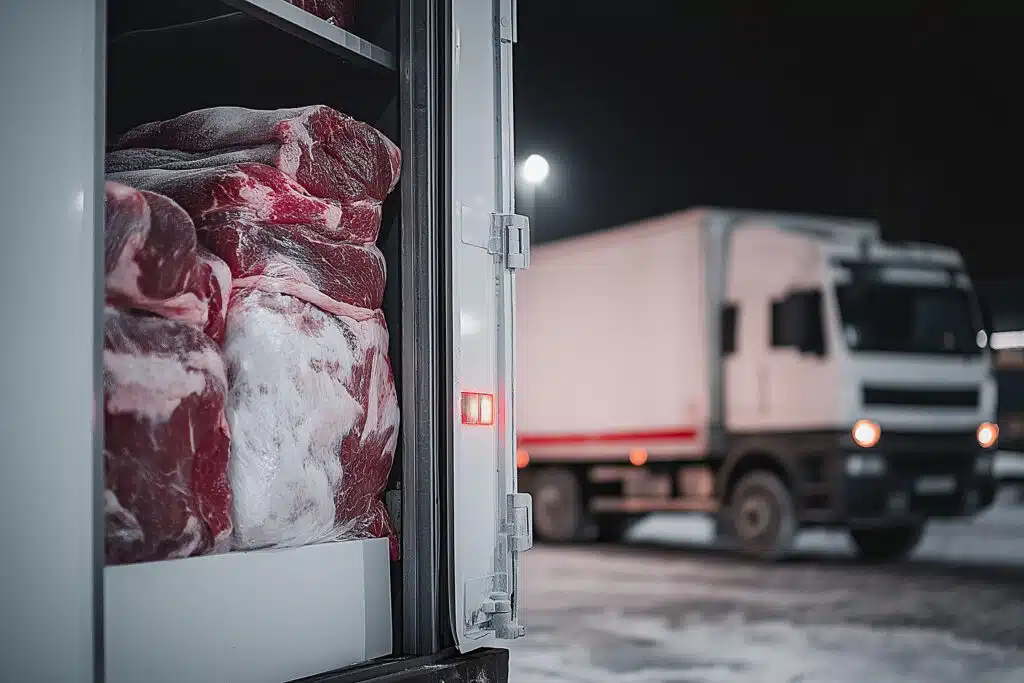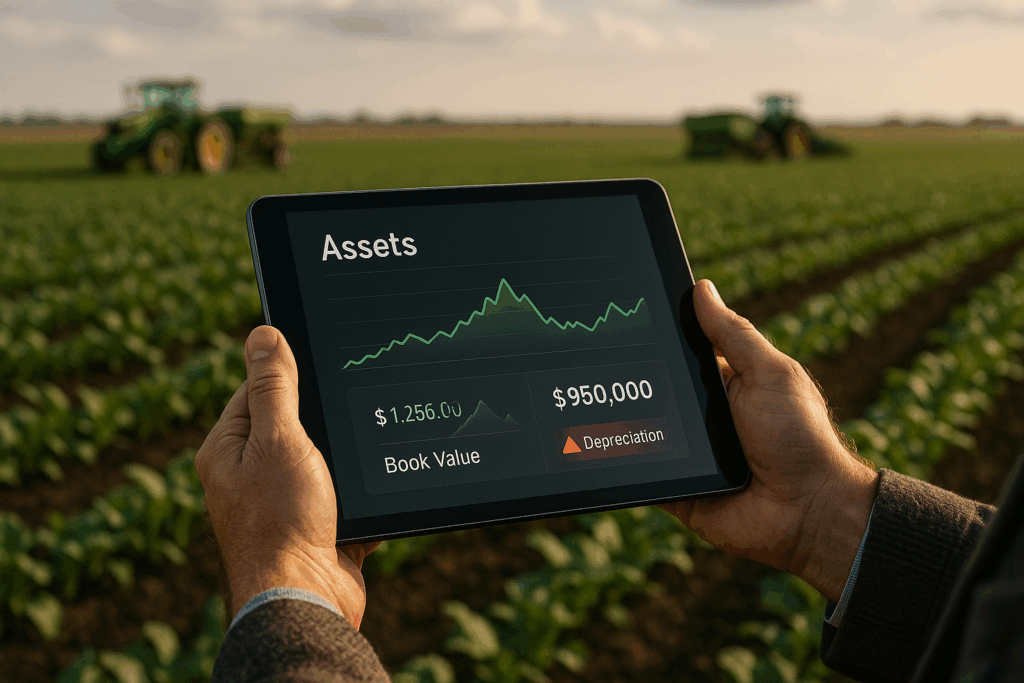Keeping the right temperature is key in making oat milk. It affects the quality and safety of the product. High temperature RFID tags help solve this problem by monitoring and controlling temperature in real-time. This technology is vital for FoodTech companies to make sure their products are safe and meet consumer needs.
Using high temperature RFID tags in their process, companies can better control temperature. This reduces the chance of contamination and makes production more efficient. In oat milk production, where temperature changes can harm the product’s quality, these tags are crucial. They help FoodTech companies maintain consistent temperatures, leading to better products and happier customers.
Table of Contents
ToggleUnderstanding the Challenges of Oat Milk Production Temperature Control
Temperature control is key in oat milk production. It ensures the product’s quality and safety. Inadequate temperature monitoring can cause off-flavors, textures, and even foodborne illnesses.
Oat milk faces many temperature control challenges. It’s made with heat and enzymes, needing precise temperatures for the right taste and texture. Plant-based ingredients add to the complexity, making it hard to keep temperatures steady.
- Temperature fluctuations during processing
- Inconsistent heating and cooling rates
- Insufficient temperature monitoring and control
These problems can lead to inadequate temperature monitoring. This is a big risk for the quality and safety of the product. As oat milk and plant-based products grow in demand, finding better temperature control solutions is crucial.
The Evolution of High Temperature RFID Tags in Food Production
High temperature RFID tags have changed a lot in recent years. They are now key in food production. Thanks to RFID tech, these tags can handle very high temperatures. This makes them perfect for food processing.
Food safety and quality are very important in the food industry. High temperature RFID tags help meet these standards.
Using these tags in food production has many benefits. They let us keep an eye on products that need to stay at a certain temperature. This helps prevent contamination and spoilage.
This tech also helps track products from start to finish. Food makers can then improve their quality control and follow rules better.
- Monitoring temperature in storage and transport
- Tracking raw materials and finished goods
- Quality control and inspection
These uses show how useful high temperature RFID tags are in food production. By using RFID tech, food makers can work better, save money, and give safer, better products to people.
Essential Features of High Temperature RFID Tags for FoodTech Applications
High temperature RFID tags are key in foodtech for reliable temperature monitoring. They can handle extreme temperatures, perfect for food processing. Their features help them give accurate readings and last through tough food production.
In foodtech, temperature range capabilities are vital. These tags work from -20°C to 200°C. This lets them track temperature changes in real-time. This is crucial in places like oat milk production where temperature control is essential.
- Temperature range capabilities: for accurate monitoring in extreme environments
- Durability and longevity specifications: to last through food production
- Data storage and transmission capabilities: for real-time temperature data
These features make high temperature RFID tags crucial for foodtech. They help businesses keep track of temperature changes. This ensures the quality and safety of their products.
Implementing RFID Technology in Your Oat Milk Production Line
Adding RFID technology to your oat milk line needs a good plan. This ensures the tech works well and efficiently. First, check your current line and see where RFID can help most.
Training your team is key to success. They need to know how to use RFID tags, readers, and software. Also, teach them about managing and analyzing data. This way, your team can use RFID technology to its fullest.
Step-by-Step Integration
- Do a full site check to find the best spots for RFID readers and tags
- Make a plan that fits your oat milk production needs
- Set up and configure RFID hardware and software
- Train staff well on using RFID technology and best practices
Keeping RFID technology running smoothly is important. This means updating software regularly, checking hardware often, and training staff continuously. By following these steps and getting help from an experienced guide, you can make RFID technology work great in your oat milk line. This will make your production better, cheaper, and of higher quality.
Safety Benefits of High Temperature RFID Monitoring Systems
High temperature RFID monitoring systems bring many safety benefits, especially in food safety. They accurately track temperature levels, lowering the chance of foodborne illnesses. Food safety is key in the oat milk industry, and these systems are vital for product safety.
Using these systems can stop temperature problems that cause contamination. The main safety perks include:
- Real-time temperature checks to avoid overheating or underheating
- Automated alerts for temperature changes
- Easy tracking and recording of temperature data for rules
Oat milk makers can make their products safer with these systems. This protects consumers and avoids expensive recalls.
These systems also boost oat milk production’s efficiency and quality. Keeping products at the right temperature keeps them fresh and of high quality. This makes customers happier and more loyal.
Return on Investment: Cost Analysis and Long-Term Benefits
When thinking about using high temperature RFID tags in oat milk production, a detailed cost analysis is key. This step helps figure out if the investment will pay off. It looks at the upfront costs like buying RFID tags, readers, and software. It also considers any training or support needed.
Looking at long-term savings and efficiency is crucial. For example, RFID tags can keep products at the right temperature. This means they last longer, saving money and improving quality. RFID also makes tracking inventory easier, cutting down on manual work and mistakes.
- Improved production quality through better temperature control
- Increased efficiency and less waste
- Long-term savings from lower labor and inventory costs
- Better data collection and analysis
By comparing these benefits to the initial costs, businesses can see if it’s worth it. This helps them decide if adopting this technology is a good move.
Future-Proofing Your Production with Advanced RFID Solutions
As oat milk demand grows, makers must make their production lines better. They need to invest in advanced RFID solutions to boost production efficiency, cut costs, and improve quality. These new technologies help them keep up with what customers want.
Some main perks of using advanced RFID solutions include:
- Improved supply chain visibility and tracking
- Enhanced quality control and product safety
- Increased production efficiency and reduced waste
- Better data analysis and decision-making capabilities
By adding advanced RFID solutions to their lines, makers can run better, save money, and make better products. This makes customers happier, more loyal, and can help sales grow. As the oat milk market changes, using advanced RFID solutions is key for makers to stay ahead and succeed.
Conclusion: Taking Your Oat Milk Production to the Next Level
High temperature RFID tags can change how you make oat milk. They help control temperature, keeping your products safe and top quality. Using these tags, you can improve your oat milk making.
These RFID tags can handle high temperatures well. They last a long time and manage data well. This lets you watch and improve your production line better than before.
Don’t let temperature problems slow you down. Use RFID technology to make your oat milk better. It will help you stay ahead, please your customers, and make more money. See how RFID tags can make a big difference in your oat milk making today.
FAQ
What are high temperature RFID tags and how can they benefit oat milk production?
High temperature RFID tags are special RFID tech that works well in hot places. They help keep an eye on temperature in oat milk making. This ensures the milk is safe and of good quality.
What are the common temperature-related issues in plant-based milk production?
Issues in oat milk making include uneven pasteurization and bad temperature control. These can cause the milk to spoil faster. It also risks bacterial growth, which is bad for safety.
How have high temperature RFID tags evolved to meet the needs of the food production industry?
High temperature RFID tags have gotten better over time. They can handle hotter temperatures, last longer, and send more data. This makes them key for keeping food quality high in places like oat milk factories.
What are the essential features of high temperature RFID tags for foodtech applications?
Important features include working up to 200°C and lasting a long time. They also send out real-time temperature info. These are key for keeping track of temperature in food making, storage, and shipping.
How can I implement RFID technology in my oat milk production line?
To add RFID to your oat milk line, start by tagging your products. Then, set up readers and antennas. Train your team on using the system. Working with a good RFID provider is key for a smooth setup.
What are the safety benefits of high temperature RFID monitoring systems for oat milk production?
RFID systems offer real-time temperature info. This helps spot temperature problems early. It lowers the risk of foodborne illnesses. This means safer, better-quality oat milk for everyone.
What are the long-term benefits of implementing high temperature RFID tags in oat milk production?
RFID tags can save money and improve efficiency over time. They help cut down on waste and boost quality. They also help make better decisions and save energy, giving you a market edge.
How can advanced RFID solutions help future-proof my oat milk production?
Advanced RFID solutions offer insights and proactive maintenance. They help your production stay up-to-date with market and tech changes. This keeps your line flexible and ready for the future.




